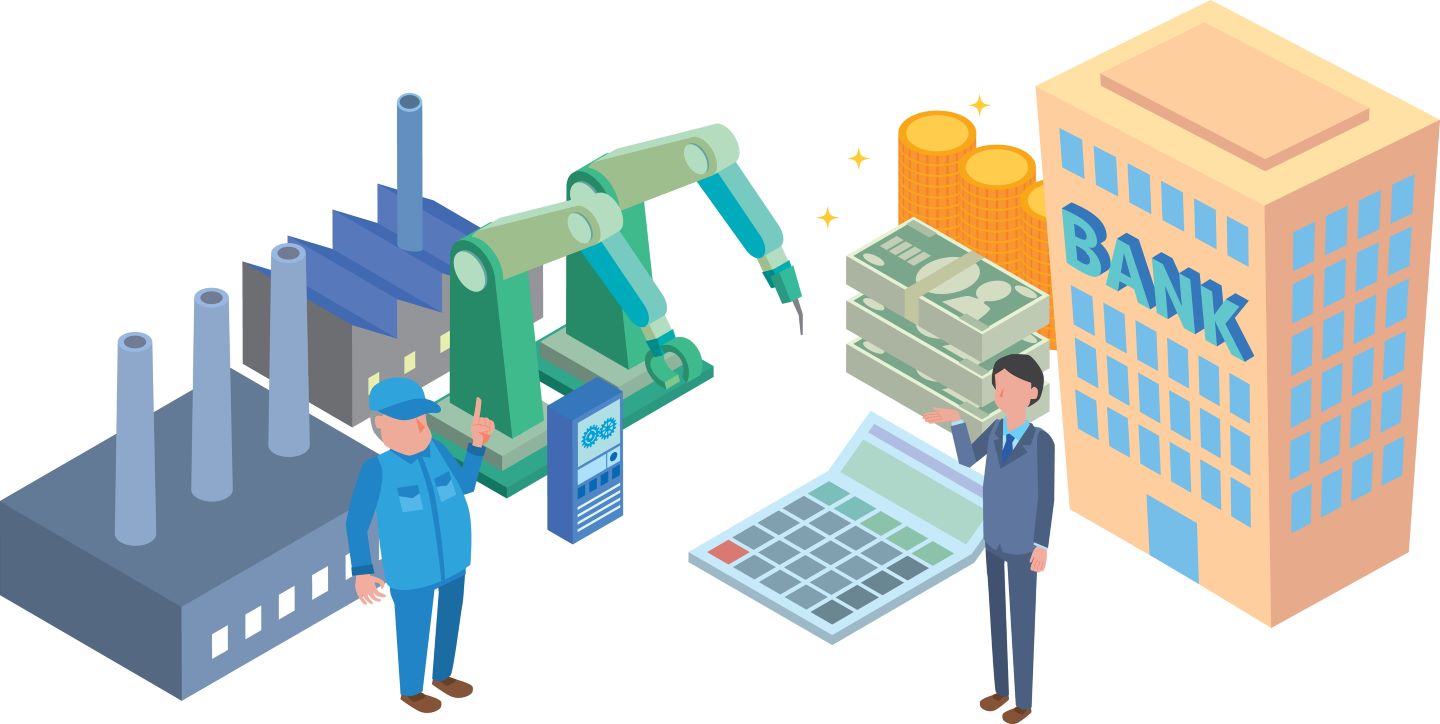Implementing lean manufacturing principles is essential for any processing plant that hopes to stay competitive. The process for capturing lean benefits is the same whether the project is managed in-person or remotely via online video conferencing. Successfully implementing lean means establishing a work environment that is friendly to lean principles, then carrying out each step as completely as possible.
Create the Right Environment Before Starting the Lean Project
Before beginning to implement lean manufacturing principles, it is essential to create a positive work environment. Implementing lean is an ongoing process that requires seeing processes and operations with an eye to making improvements. For any lean implementation to be successful, employees and supervisors must be open to identifying cost savings opportunities and willing to make changes and adopt new ways of doing and looking at things.
It may take more time and energy to create a positive mindset among a remote workforce than it would to provide training to in-office employees. Remotely managing a project requires more meetings, greater meeting time flexibility, and more adjustable topic agendas. However, the benefits more than offset the efforts.
Using online tools such as video conferencing for discussions and feedback can pave the way for a successful implementation. Be certain to set specific timelines and milestones. Excellent communication is at the core of every successful remotely managed project. Whether on-site or remote, the following five tasks should be completed before beginning a lean implementation:
- Build a positive and open mindset among employees.
- Resolve conflicts and establish clear lines of authority and communication.
- Identify an implementation leader.
- Select a strong project team and provide lean training.
- Set project timelines and goals.
Organize for Remote Project Management
When managing remotely, it is essential to have visibility into important factory KPIs and operating metrics. Worximity's Smart Factory analytics lean manufacturing software presents performance measures on monitors (TileBoards) located throughout the factory. These measures are calculated from data collected in real time with sensors attached to production line equipment.
Most importantly, TileBoard’s performance metrics can be shown on smartphones, laptops, or desktops. As a result, all factory performance data is available on a real-time basis to any remote employee on any device. By watching results, project managers can immediately see the impact of implementing lean manufacturing principles.
Implement the Five Key Lean Principles
Once training and preparations are completed, lean manufacturing principles can be implemented. The five recognized principles of lean manufacturing were developed by Toyota and introduced in the 1990 book The Machine that Changed the World by James P. Womack, Daniel T. Jones, and Daniel Roos. To realize continuous improvements, organizations should continuously repeat these five steps over time. Closely tracking improvement results can help ensure positive outcomes for lean activities.
Remote managers should frequently review project status and implement steps to ensure the project moves forward. Remote communications should not be allowed to hamper improvement efforts. Each of the following lean principles should be carefully implemented and tracked using Smart Factory analytics, and the project team should meet frequently via video conferencing to present progress and improvement results.
1. Identify Value
Value analysis should identify what product or service features are considered valuable in the eyes of the customer. These may include quality, on-time deliveries, accurate order fulfillment, quick turnaround, or customer service.
2. Map the Value Stream
The flow of products and raw materials should be mapped to identify where value is added and where waste occurs. Eliminating waste is a critical component of lean.
3. Create Flow
The manufacturing process should be designed or redesigned so that value is created at every step of the operation. Changing processes, providing training, balancing work stations, and other steps can be taken to ensure that only value is added and waste is minimized or eliminated.
4. Establish a Pull System
This principle is based on the idea that materials or sub-assemblies are only produced when the subsequent step in a process requires those materials or products. In this way, each process activity “pulls” material through the system. Some advantages of a pull system are that inventories between workstations are minimized and that overall production cycle times are reduced.
5. Seek Perfection
As benefits accrue, lean manufacturing principles dictate that all processes should be constantly reviewed for additional improvements. In essence, processors should strive to achieve perfection by continuously improving existing operations.
Take Advantage of Smart Factory Analytics
Remote project management can be successful with careful planning. Using Worximity’s Smart Factory analytics to monitor project progress and factory results on laptops and smartphones in real time keeps a project on track. Because results can be viewed from remote locations, processors can implement lean principles regardless of lockdowns or other pandemic-related restrictions. As your factory works to implement these top lean manufacturing principles and achieve improved output, Worximity’s Smart Factory Analytics eBook can be a valuable resource.







